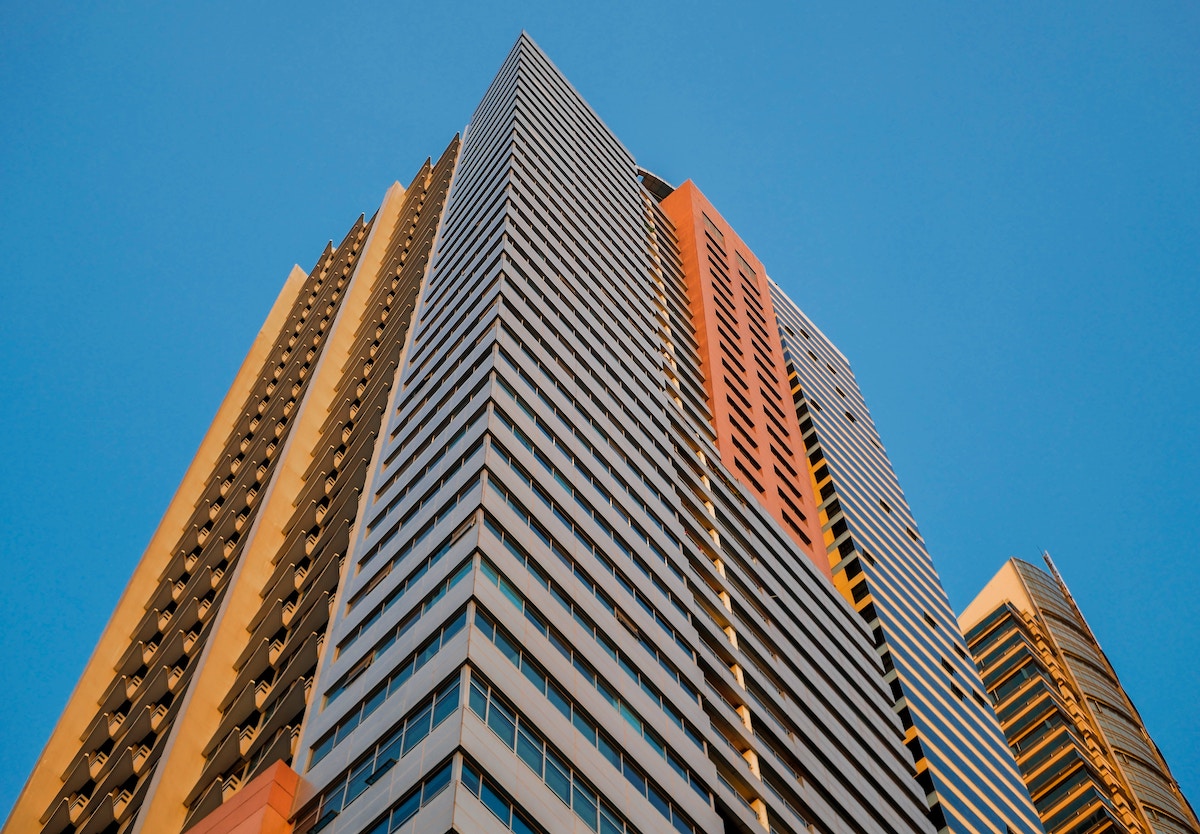Buildings are responsible for large amounts of CO2 during their construction and maintenance. Though 95% of a building’s emissions come from the energy consumed during its life, there is much that can be done to reduce the 5% associated with construction. Thankfully, more sustainable material options are available for developers, with innovation happening from the foundations right up to the roof.
Concrete Alternatives
Concrete is so widely used in building construction that it is responsible for a staggering 8% of global CO2 emissions. Thankfully, numerous more sustainable alternatives exist, some of which add recycled materials such as crushed glass, wood chips or slag – a byproduct of steel manufacturing – to the mix. As well as finding another use for waste products, concrete mixes are typically lighter than traditional concrete.
For those looking for something bolder, concrete alternatives exist. Hempcrete has similar properties to concrete, but is made from from the woody inner fibres of hemp plants, bound together with lime. An even more natural alternative would be the ancient construction method of rammed earth. As the name suggest, this is literally compressed dirt, but modern innovations have introduced mechanical tamping and strong wooden frames.
If that’s going too far, pre-cast concrete might be more viable. Waste is reduced by casting concrete construction panels off-site, creating economic and environmental benefits through more efficient mass production.
Recycled Materials
It takes a lot of energy to produce building materials, even many that are marketed on their sustainability credentials. Reusing materials that have already been produced can therefore be a key part of sustainable construction. Along with the concrete hybrids mentioned above, recycled scrap steel is an ideal eco-building construction material. Used for beams, girders and other structural components, recycled steel does the same job as new material, reducing the energy impact by 75%.
Wool
Nature provides an answer in wool, which has been protecting animals from the elements for quite some time. Sheep’s wool insulation can be used to insulate floors, providing a thermal barrier through the millions of tiny air pockets created by the crimped shape of wool fibres. It doesn’t burn, regulates humidity, and insulates against noise.
There have been attempts to use the natural benefits of wool in other construction materials. In 2010, Spanish and Scottish researchers created bricks made from wool, using clay, wool and a natural polymer found in seaweed to create a product which is ‘more sustainable, non-toxic, [and uses] abundant local materials [to] mechanically improve the bricks’ strength.’ The resulting brick is 37% stronger than the traditional alternative and more resistant to cold, wet climates – like sheep themselves. Unlike traditional bricks, wool bricks dry hard without needing to be fired, reducing their energy requirements.
Solar Tiles
Traditional roof tiles are either mined from the ground or set from concrete or clay, all of which are energy intensive methods. Once installed, they exist with one primary function – to protect a building from the elements. That element is likely to be rain or wind, but in some regions, rooftops have been designed to protect buildings from the impact of the sun. Seeing this as an opportunity, and harnessing technological developments, solar tiles were born.
Unlike solar panels, which are typically fixed to an existing roof or building, solar tiles are fully integrated, serving that key role of protecting it from some elements, while also using other elements to generate power for the building’s inhabitants.
Paper Insulation
Made from recycled newspapers and cardboard, paper-based insulation is a superior alternative to chemical foams. Being mechanically blown into cavity walls means it is excellent at surrounding pipes, wires and filling holes, reducing the chance of air flow. Both insect resistant and fire-retardant thanks to the inclusion of borax, boric acid, and calcium carbonate (all completely natural materials), paper insulation also has the advantage of absorbing noise.
Bamboo
Bamboo has been used in construction in some parts of the world for centuries due to its light weight and high tensile strength. Unlike trees such as pine and oak, bamboo grows quickly, making it easier and less intensive to produce for construction.
Many building design considerations are based on local traditions where bamboo might not be the desired end finish, but it can also be used for unseen elements behind the walls and beneath flooring. Being light and strong, bamboo is ideal for projects in areas that are hard to reach, often deployed in building projects in post-disaster regions.
Super-Efficient Windows
Triple-glazed windows can offer better thermal insulation than some walls, especially when combining three layers of glass with fully-insulated window frames. In most double-glazed windows, the gas argon is injected between each layer of glass to aid insulation, but in super-efficient windows, krypton – a better, but more expensive insulator – is used. Low-emissivity coatings are also applied to the glass, which further prevent heat from escaping.
Photo: Ricardo Gomez Angel. This is an updated version of a post originally published in November 2010.


